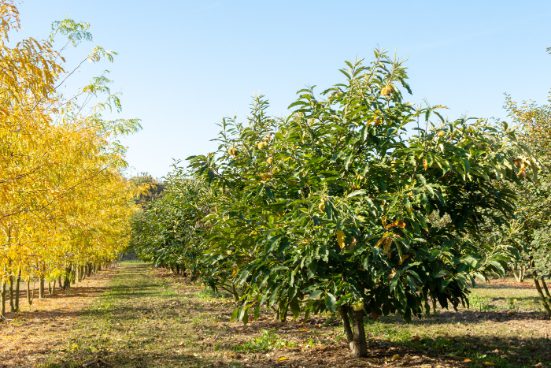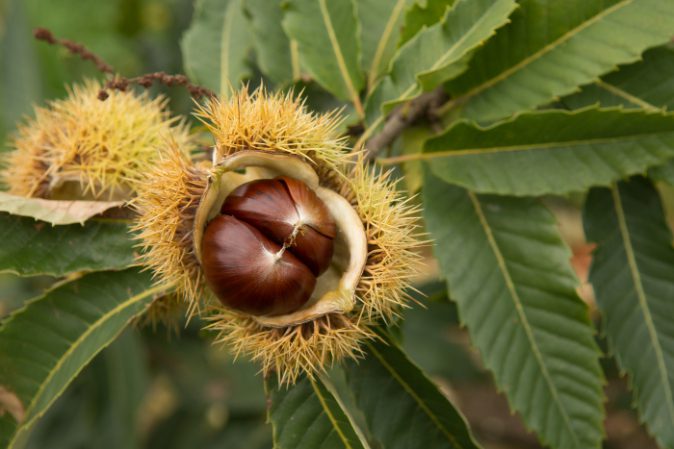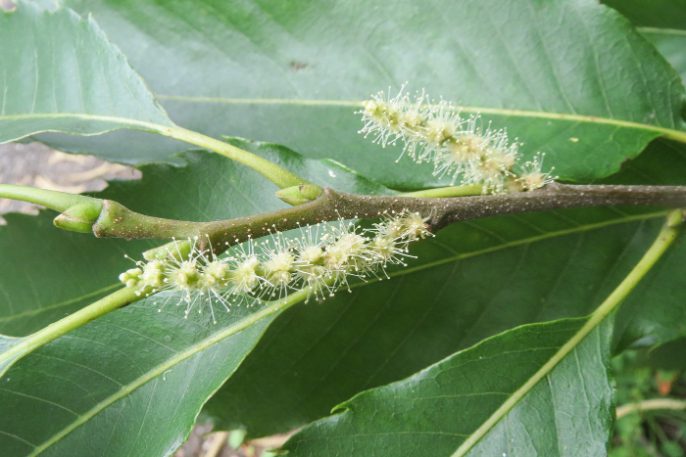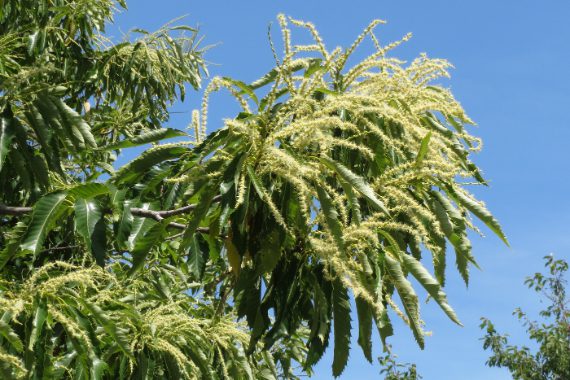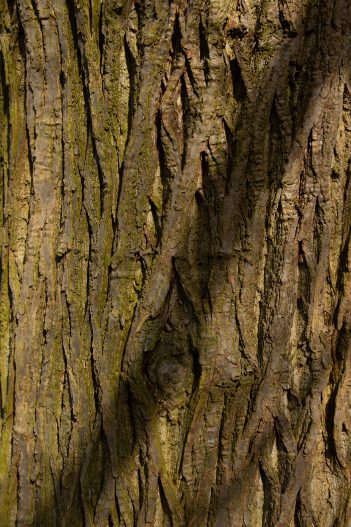Castanea sativa | Sweet Chestnut
The Castanea sativa is native to southern Europe, western Asia and north Africa; probably introduced to the UK by the Romans. This is a large, long-lived, deciduous tree with an irregular crown and dense, heavy trunk. The trunk is smooth, grey-purple in colour and has deep, vertical fissures on maturity that spiral up around the tree. The leaves are long and deeply serrated; glossy green in summer and yellow in autumn. In summer, long creamy-white catkins appear and, after pollination, the female flower develops a shiny red-brown chestnut inside a green, spiky cupule. In autumn the edible nut ripens then falls to the ground. The Castanea sativa will thrive in light, dry soil in either light shade or sun. This is a stunning, stand-alone specimen tree but is equally impressive as part of a small group, or as a formal avenue. In South Gloucestershire we have a famous specimen called the Tortworth Chestnut. This tree is 35m high, has a 2m trunk and is thought to be over 800 years old!
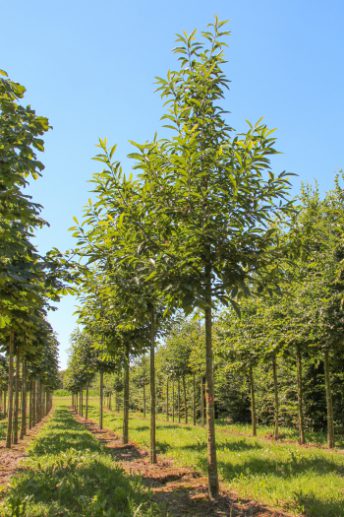
The world’s oldest known chestnut tree grows on Mount Etna in Sicily and has a circumference of 190 feet. It is said to be between 2,000 and 4,000 years old. The sweet chestnut nuts can be roasted and used in a variety of recipes, including: stuffing for poultry, cake fillings and nut roasts. The Romans ground sweet chestnuts into a flour or coarse meal for baking. Sweet chestnuts are the only nut rich in vitamins B and C, and minerals including magnesium, potassium and iron. High levels of starch similar to wheat, and twice as high as the potato.

